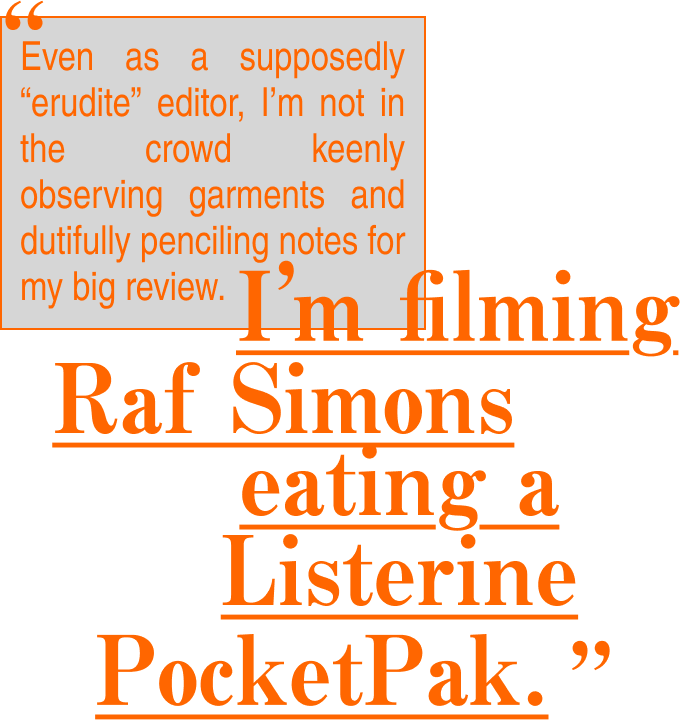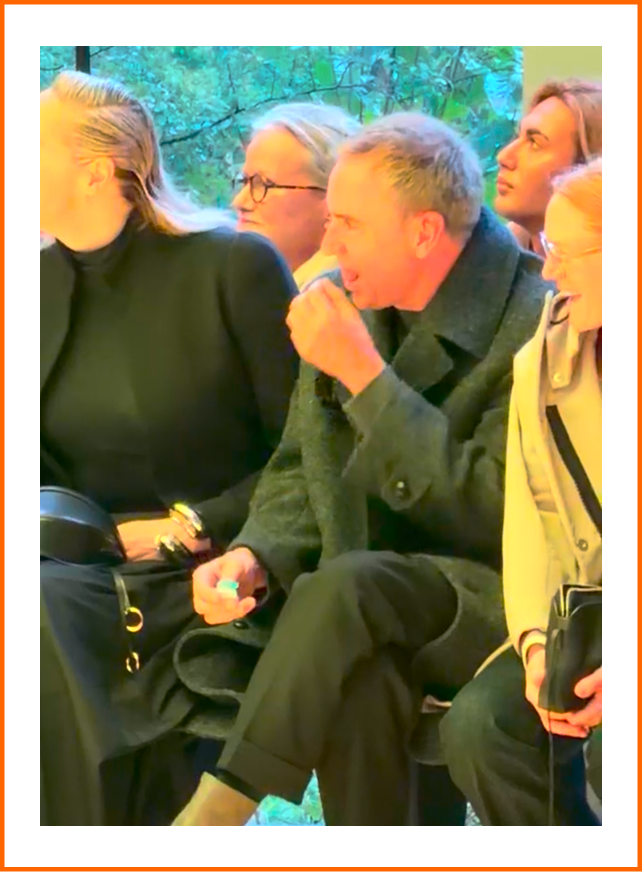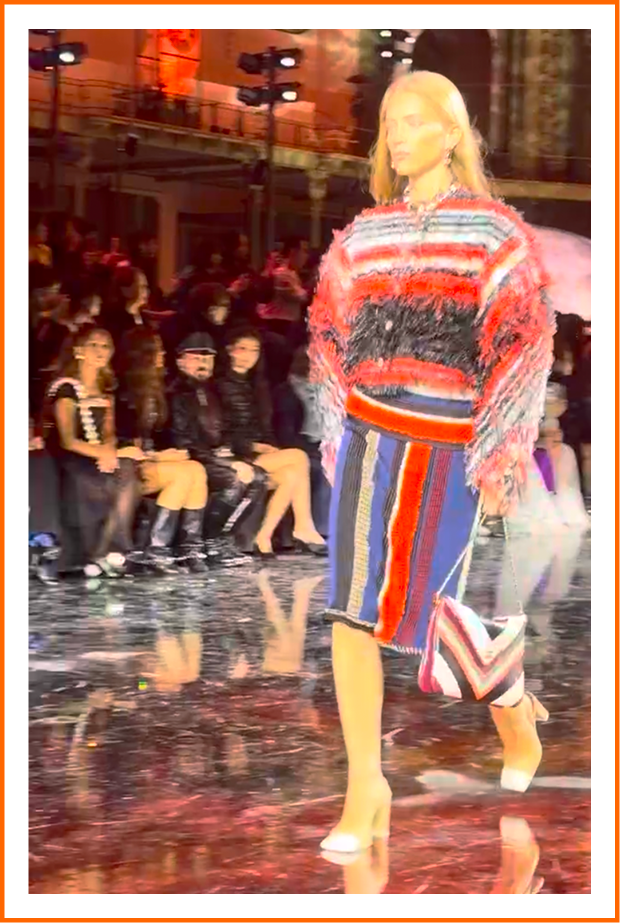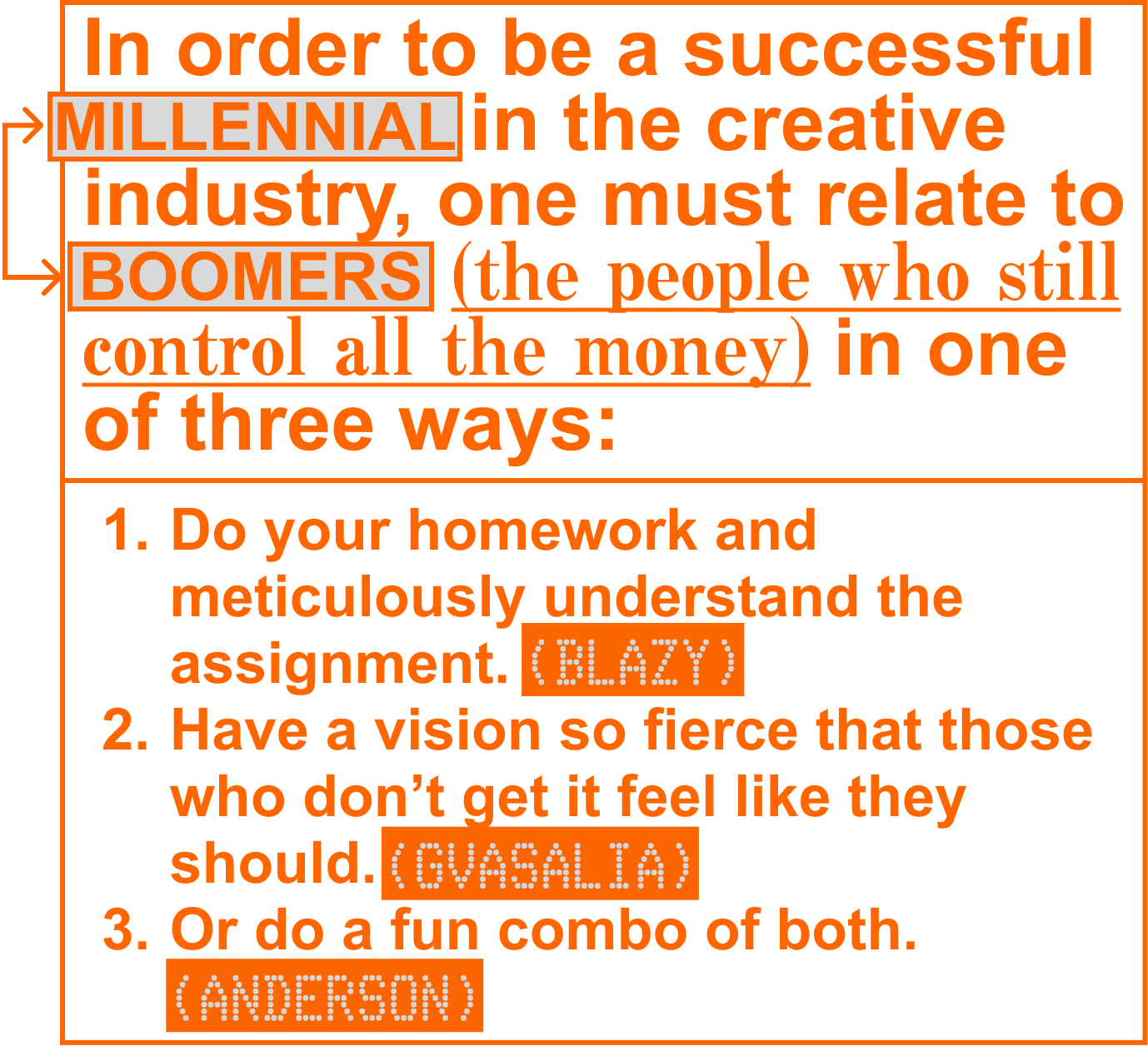Are you Chic or Cheugy?
Luxury’s Millennial dawn
One morning in Paris exactly four years ago, over hotel breakfast and about six Americanos, I penned a theory about what I call MerchTainment™. The short text was inspired by the novel ways luxury was existing in the Late-Pandemic world, in particular the creation of Telfar TV and Balenciaga’s collaboration with The Simpsons. My thesis was simple: In an age ruled by the attention economy, the only way for luxury to survive is to become entertainment.
In the intervening time, MerchTainment™ has aged in bizarre and unexpected ways. On one hand, we have since seen the rise of Quiet Luxury, which is decidedly anti-buzz (the Olsens banning iPhones from their shows and making a killing in the process is the diametric opposite of MerchTainment™). Unexpected events like Virgil Abloh’s sudden passing and Demna Gvasalia’s Balenciaga-gate scandal silenced two of fashion’s greatest storytellers. On the other hand, now more than ever, it seems like the idea that fashion exists first as content then as product has become dyed into the wool of how the industry operates.
The fashion show in particular is now the content gladiator arena of our time. Yes, the “main” event is models walking on a runway in new clothes. But that has become increasingly secondary to the dynamism around the show. The things we all experience and engage with are the teaser campaigns, the internationally syndicated GRWMs, the front row influencer antics, the lookbooks shot on location, the street style photography outside, the behind-the-scenes photography inside, whatever clues the designer is leaking on their Instagram, and the incessant shit-posting of every single iPhone-wielding human in the room bearing witness. Even as a supposedly “erudite” editor, I’m not in the crowd keenly observing garments and dutifully penciling notes for my big review. I’m filming Raf Simons eating a Listerine PocketPak. I’m catching slo-mos of the key looks for our Tik Tok. I’m even checking social media to see what my peers are already posting (live, before the show is even over) from the front row.
There’s moments when this attention vortex actualizes itself to the point of becoming surreal theater, and we were treated to that a couple times this season. At the Dolce and Gabbana in Milan, Meryl Streep and Stanley Tucci showed up in character as their roles in The Devil Wears Prada, and even took a moment post-show to do a photo-op with the real live Anna Wintour. After treating us to the spectacle of his director homie Luca Guadanigno shooting some type of documentary at his Dior menswear debut, Jonathan Anderson shocked and awed us even more profoundly by opening his first womenswear show with a horror-inflected video montage by content god Adam Curtis. Then at Gucci, what was billed as a humble “presentation” turned out to be a fashion film by Spike Jonze screened at a full-fledged movie premiere in Milan.
But perhaps even more profound than these specific antics is the meta-layer of commentary draped atop all of it. This season was chockablock with designer debuts and became a playground for armchair critics of all stripes, driving a level of intrigue, discussion, and rage-bait the likes of which we’ve never seen. There were the fierce defenders of New Versace vs. the aghast Donatella hive. There were people saying Gvasalia’s Gucci is too similar to his work at Balenciaga (who are usually the same rubes who say that Alessandro Michele’s Valentino was a retread of his Gucci). Fashion wiseman Edward Buchanan entered the fray to remind everyone that roasting a designer’s collection from tiny pictures on Vogue Runway is a futile exercise, which in turn launched an entirely new wave of takes. And like a sweet maraschino cherry on top of this bizarre sundae, we all tripped over each other to be sufficiently blown away by Matthieu Blazy’s stunning debut at Chanel.
When I first thought of it four years ago, the optimistic promise of MerchTainment™ was that the tremendous resources of fashion could be funneled toward creating stories and works of art, rather than just ads that shill product. But what I didn’t quite foresee were the ways in which luxury would come to reflect our chaotic everyday life in the age of the internet: teeming with economic and cultural instability, littered with misinformation and slop, poisoned by endless takes and responses, and constantly in search of a new vibe shift to latch onto.
But I promise it’s not all bad. Seriously.
No matter how you feel, what we just saw will go down in history as the most consequential fashion week of this epoch. What we witnessed this past month on the catwalks of Milan and Paris was the result of a gigantic social experiment: take a multibillion-dollar industry anchored by creativity, then terminate, promote, and/or re-hire almost all of said industry’s creative leaders, and see what happens. The beautiful thing is that the drama of it all is an endless source of MerchTainment™, even if business-wise the forecast remains unclear.
But amongst all the hoopla, one invasive thought kept cutting through the noise: that luxury is run by Millennials now.
This season will inevitably be defined by three generationally talented designers (Jonathan Anderson, Matthieu Blazy, Demna Gvasalia) moving from the proverbial kids table (Loewe, Bottega Veneta, Balenciaga) into the red-hot cores of global luxury (Dior, Chanel, Gucci). All three had already created an extensive body of work that proposed new concepts of what luxury could be. But this was a new type of stage and a new type of crowd, one that cuts across all regions and demographics.
And that’s the mixed up thing about those of us born right before the dawn of the Internet: on one hand, we’re a bridge between both worlds — between naivety of growing up offline and the hyperreality of only knowing this new world —and on the other, we’re likely the ones who were most brain-broken by this shift. This is an ambivalence you can see across all of these key debuts, whether it’s the dry after-the-fall glamor of Gvasalia’s Gucci, the intellectual savagery of Anderson’s Dior, or Blazy’s romantic (but also lowkey doom-stricken) proposal that we might all be better off in outer space.
Throughout this kaleidoscopic fashion week, the sensory moment that hit me hardest in the cerebellum came halfway through Chanel, when the soundtrack momentarily played the chorus of the Dawson’s Creek theme song, only to toggle back to the next song without explanation. This little rip in Blazy’s sublime ether was a micro-dose of dopamine for any kid who grew up watching bad television in the 90s. But outside of a pop culture context the message of the lyrics — “I don’t want to wait, for our lives to be over” — also hit poignantly in this otherworldly context. It was chic and cheugy at the same time. In the way that only Millennial Luxury can be.
My fashion week highlight: the little soiree we threw with i-D icon FKA Twigs.
I had the honor of hanging out with two i-D covermoms in Paris: 1) Nhu Duong, brilliant mother of Baby Deva, and 2) Kathy Hilton, mother of Paris and my favorite RHOBH cast member.
I loved seeing my favorite store Charvet get the love it deserves in the Chanel show.
I didn’t see a single Labubu at Paris Fashion Week (phew), even when I met up with i-D’s Alex Kessler to eat 2 metric tonnes of unagi at Nodaïwa.
One of the joys of Paris was seeing some of my favorite Substack chums in the wild, like
(the newly-minted Anderson Cooper of clothes), and (who joined me on a panel about Virgil Abloh), the national treasure known as , and the perennially best-dressed .The invite for The Row was handwritten in pencil, and I overheard multiple people at the show say, “I need a pencil. Pencils are chic.”
All PocketPaks aside it was really touching seeing Raf Simons show up to support his day-ones at Alaïa, Chanel, and Miu Miu. That’s true creative leadership.
I’d like to close this note by thanking everyone for being so supportive of my recent buzz cut.










I don’t want to wait… for my merch to be over.
Seriously though, Millennial Luxury is giving existential crisis chic. Great piece!
Praying that the vibe shift we latch onto involves the subculture of it all shifting offline. Now that the internet is The Culture, subculture needs to move elsewhere.